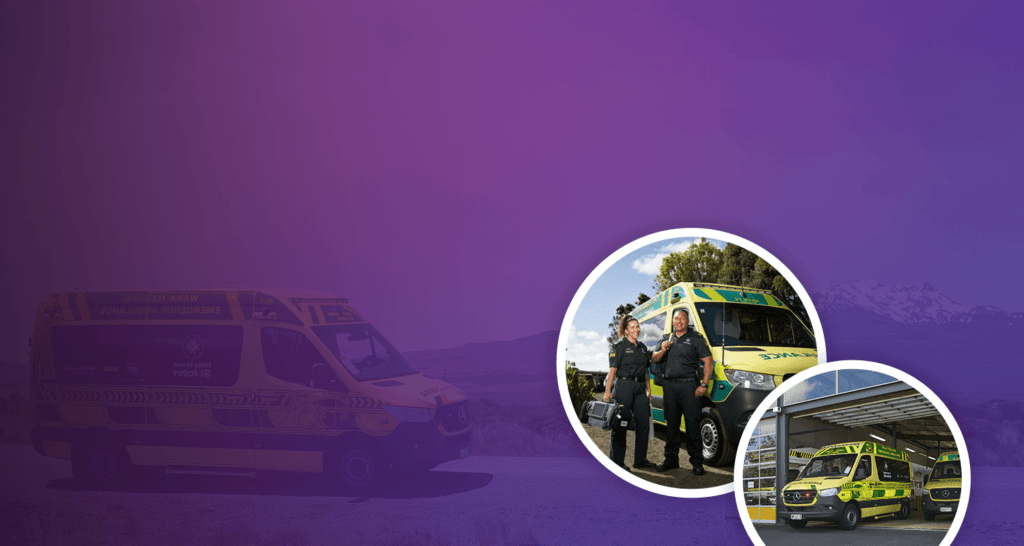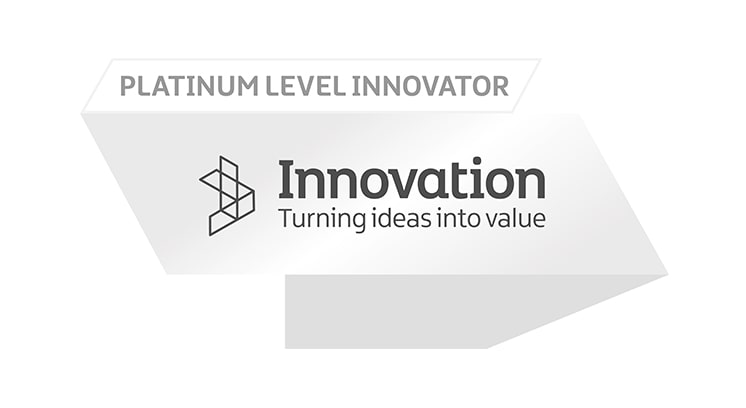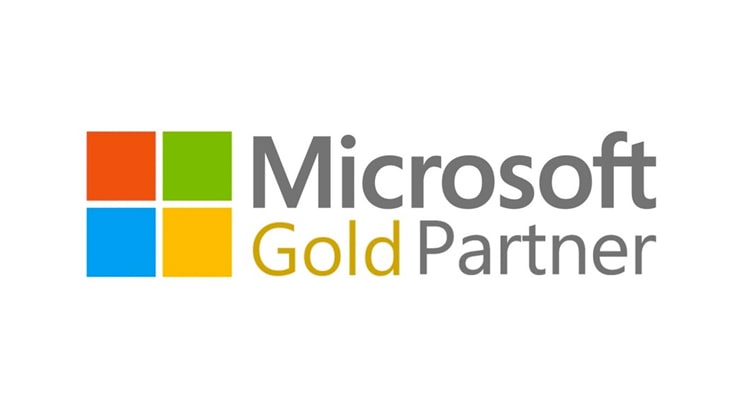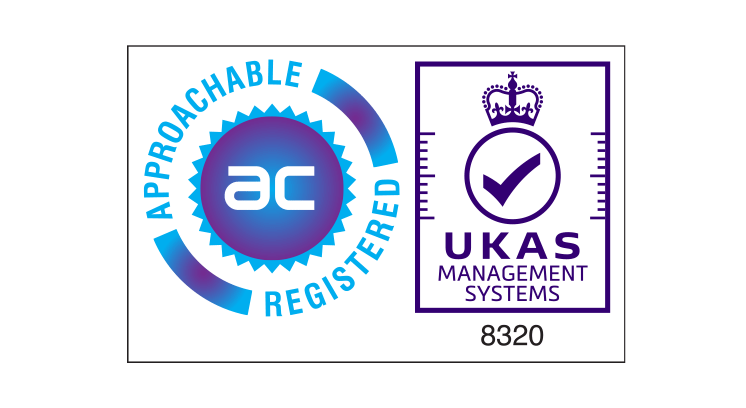The Role of Staff Engagement in Shift Pattern Change
Altering shift patterns and rosters is more than just a simple administrative task. It’s an emotionally charged issue that can make or break employee relationships. If you are beginning the process of shift pattern change, drive meaningful employee engagement at every step. Let’s look at this in more detail.
What is a shift pattern?
A shift pattern, sometimes known as a “roster”, refers to a schedule of work. It is the combination of resources (workers, equipment, contractors, etc.) designed to meet a specific organisational need. It can be created using rostering software or rota software, in addition to traditional means.
The objective of a shift pattern is to ensure that the correct number of employees are working at the right time. For instance, a brick-and-mortar shop might require employees to work throughout the day, ensuring no downtime.
In contrast, a factory might need more hands on deck when dealing with a large order. Similarly, a utility company might need engineers to meet customer needs or an ambulance service might need more paramedics on Friday nights.
No matter the context, a shift pattern balances the business’s resource requirements while maintaining employee engagement, wellbeing, and satisfaction. Understanding the unique rhythm and dynamics of shift planning in your organisation is essential to change.
What is shift planning?
Shift planning is about designing shift patterns that align demand with workforce capacity. It focuses on high-level and long-range workforce planning to ensure you have the number of staff by hour of day, by day of week and across the year, particularly if your demand is seasonal. This is regardless of fluctuations in demand, shift schedule or staff member availability.
Shift planning is the key to improving productivity, cutting unnecessary costs and ensuring your shift working practices are compliant and support employee health and well-being. It is also essential when modelling shift patterns for blended or hybrid workforces and creating favourable working conditions that support recruitment and retention.
Shift Patterns & Shift Planning
When you prioritise shift patterns that align with business demands and employee needs, you inherently consider employee engagement. By meticulously planning shift pattern change that champions employee engagement, you can optimise productivity and support workforce well-being while shaping a more resilient and responsive organisation operating an all-new work pattern.
Ready to learn more about the different kinds of shift patterns? Read our 8-hour vs. 12-hour shift pattern guide for more.
Change is about inclusivity. No one appreciates unexpected shifts or being dictated to. Employees value having a say, especially regarding their shift pattern or roster, which rank only behind pay in sensitivity. Humans resist change, but when it’s inevitable, it’s crucial to have everyone on board and involved.
Nigel Walters, Shift Planning Consultant at Totalmobile
The Need for Better Shift Pattern Design
If you’re reading this article, you are probably considering changes to how your organisation works. We get it! It’s essential for any thriving organisation to periodically evaluate its operations to ensure optimal productivity and employee well-being.
Maybe your company experiences high levels of overtime and frequently relies on costly temporary labour. Or, perhaps you’re grappling with productivity challenges that affect customer service. In either case, it may be time for a reassessment. Additionally, inflexible shift patterns can contribute to difficulties in retention, recruitment, and increased absenteeism, not to mention the potential effects on employees’ overall well-being and work-life balance.
Read more: Shift Planning and Rostering Mistakes Harming Employee Engagement & Retention
Beyond these operational and morale considerations, it’s vital to remember that fatigue and non-compliance with prevailing employer law and best practices can have significant repercussions. If any of these issues resonate with your current situation, a comprehensive review might be in order.
Shift Pattern Design
Understanding the value of tailoring your workforce to cater to demand is straightforward. You can read more about this here. However, many management teams tread cautiously, fearing the potential backlash of altering established work patterns. If you’re among those who’ve hesitated, consider this:
The transition can be smoother than anticipated with a systematic approach to engaging your employees during a shift pattern change. You’re fostering a culture of inclusivity by actively involving your team members from the beginning of a shift pattern change.
Influences Affecting Shift Pattern Change
For some in your workforce, corporate jargon like ‘workforce optimisation’ or ‘flexible resourcing’ might raise eyebrows. These terms can unintentionally hint at job losses or compromised work conditions. This triggers the innate human reflex to resist change.
Circumventing this lies in timely and clear communication. Address the ‘why’ behind the roster alterations. Without clarity, rumours and misunderstandings can spread, fostering unease. When you lay out the reasons transparently, most of your team and stakeholders will discern that sticking to outdated work practices could pose more significant risks to job stability than any shift modifications.
Senior Management
Senior management is indispensable in alleviating worries and doubts, especially in entities where change is a rarity. Engagement must be led from the top, ensuring concerns are addressed promptly and showcasing the company’s commitment to inclusive participation throughout the transition.
How do I change Shift Patterns?
Download our 3-step guide to help you transform your shift pattern design. Our experts have created this resource to help you design appealing shift patterns that foster continuous improvement and leverage integrated technology.
Directly engage with trade unions, connect with representatives at the ground level, and communicate the reasons behind shift pattern changes. Seek insights on their preferred approaches. Often, the most innovative ideas arise from those deeply involved in daily operations, and/or working shifts today, providing perspectives that even managers might miss.
Nigel Walters, Shift Planning Consultant at Totalmobile
Engaging the Heart and Mind in Shift Change
Remember, it’s not just about numbers or logistics when contemplating a shift pattern change. It’s deeply personal. Working hours intricately weave into family dynamics, lifestyles, and the essence of well-being.
Communicate the broader vision and hone in on the minutiae: How will it impact annual leave? Standby periods? Day-to-day life? Childcare arrangements? Leisure interests? People are at the heart of every change, and addressing natural human apprehensions is vital.
Harnessing Data for Transparent Change
In our volatile and complex business environments, data-driven decision-making stands out as a beacon of clarity. Leveraging accurate demand data can unravel the mystery behind shift pattern changes, cultivating trust and understanding among your workforce. When employees and/or their representatives see the tangible reasons for change and how they fit into this puzzle, it builds a foundation of trust and alignment.
The Power of Collaboration in Design
While we can’t ignore the influence of external factors like COVID-19 on work practices, it’s essential to maintain engagement and collaboration. And this isn’t just top-down. Incorporating employee engagement software and interactive rostering tools allows employees to participate actively.
They can visualise and even play with potential shift patterns, balancing their preferences with business needs and regulatory standards. This isn’t just about compliance; it’s about co-creation.
From Apprehension to Adaptation
Change can be daunting, with the shadows of the unknown often fostering fear and vulnerability. But genuine engagement can dispel these shadows. It’s not just about appeasing concerns; it’s about empowerment.
Engage your employees in open dialogue, tap into their insights, and celebrate their creativity. The result? A workforce that doesn’t just adjust but flourishes amidst change.
If you’d like to understand more about how shift planning can make you an employer of choice, read our blog: Shift Pattern & Rostering: How To Become An Employer Of Choice
Shift Pattern Change-Ready
For a seamless transition, employers like you should prioritise employee engagement. Engagement goes beyond appeasing workers and their unions. The apprehension often stems from the fear of the unknown. Uncertainties around shift pattern changes can leave employees feeling vulnerable.
However, authentic engagement, bolstered by a robust employee engagement strategy, can dispel these fears. Businesses like yours can tap into their insights and creativity by empowering employees, leading to better project outcomes.
Aside from minimising industrial discord risks, fostering an engaging process can bolster employee relations and cultivate a highly engaged workforce that adapts and thrives in change.
Closing Thoughts – can technology help employee engagement?
The power of a cohesive rostering software platform and leading shift planning consultancy should not be underestimated. The employee experience is vital, especially when dealing with the challenge of remote, flexible, and mobile shift work. Employee engagement and rostering platforms make all interaction and communication with your teams easier, less expensive, faster and more effective. Bolstering this, Totalmobile’s consultants have decades of experience helping organisations optimise shift work using specialist insight and software. They’ve created an initial discovery session that will allow qualifying organisations to quickly:
- Identify potential efficiency, productivity, service and well-being gains.
- Pinpoint issues, challenges and risks.
- Outline the business case for changing the shift pattern.
















